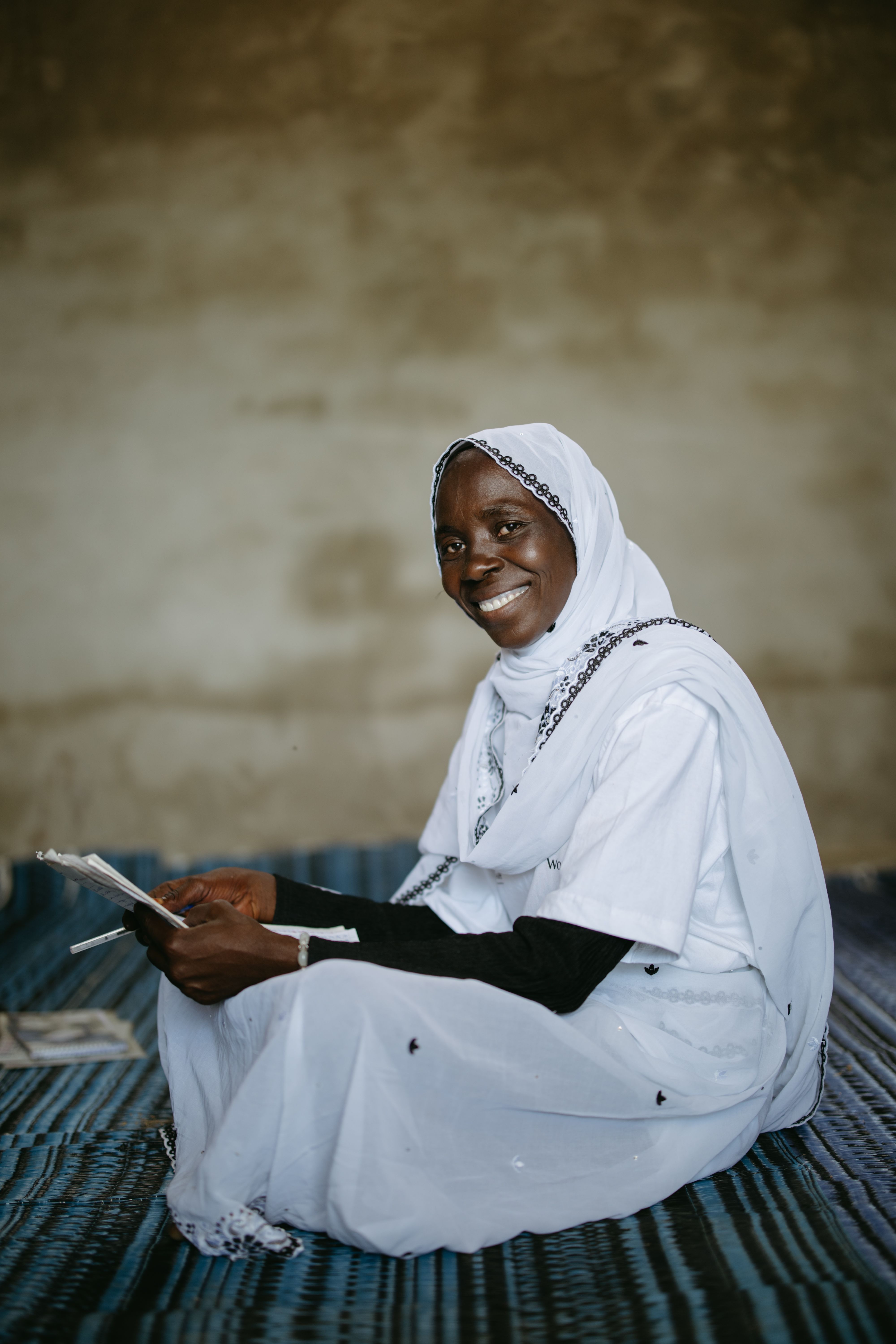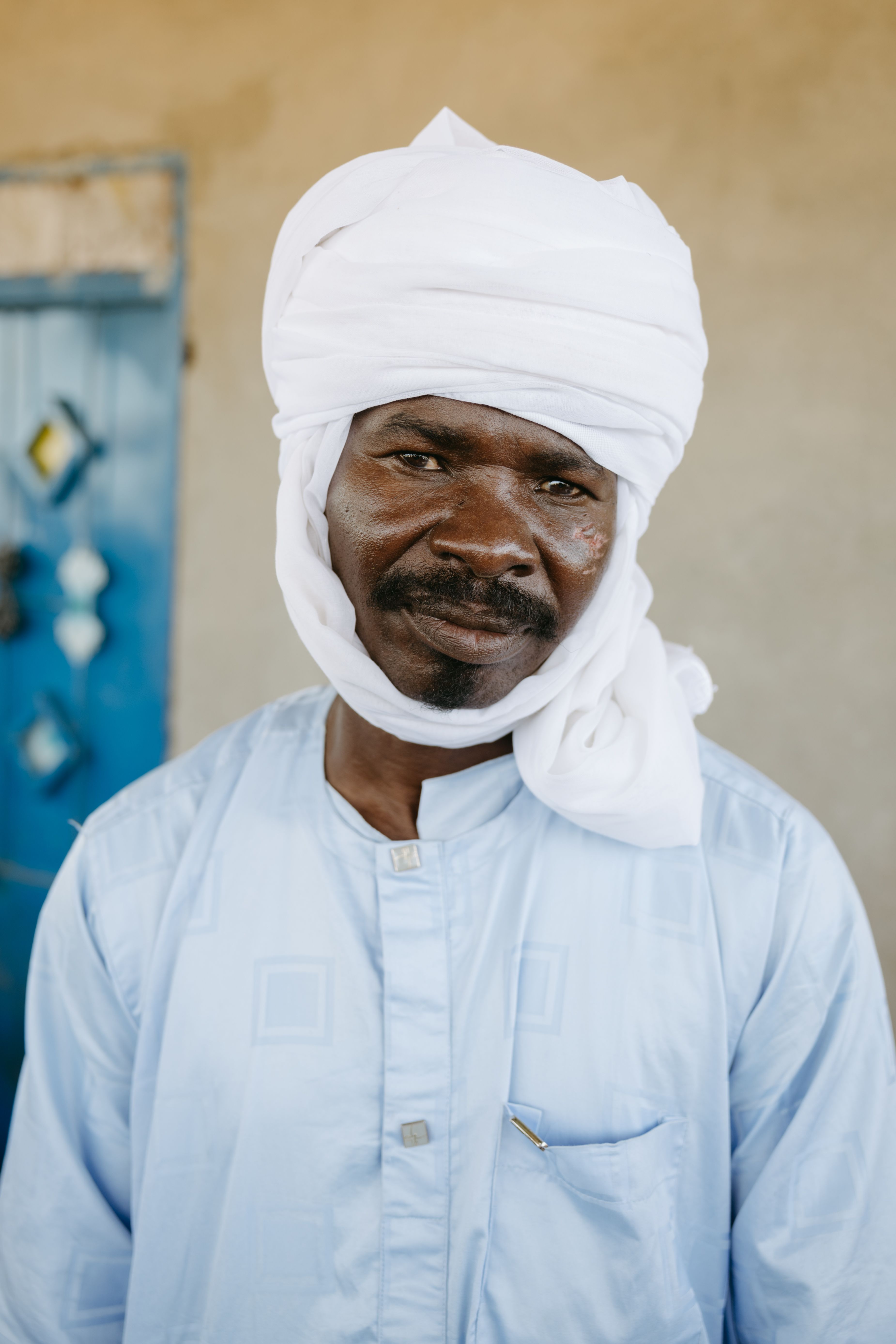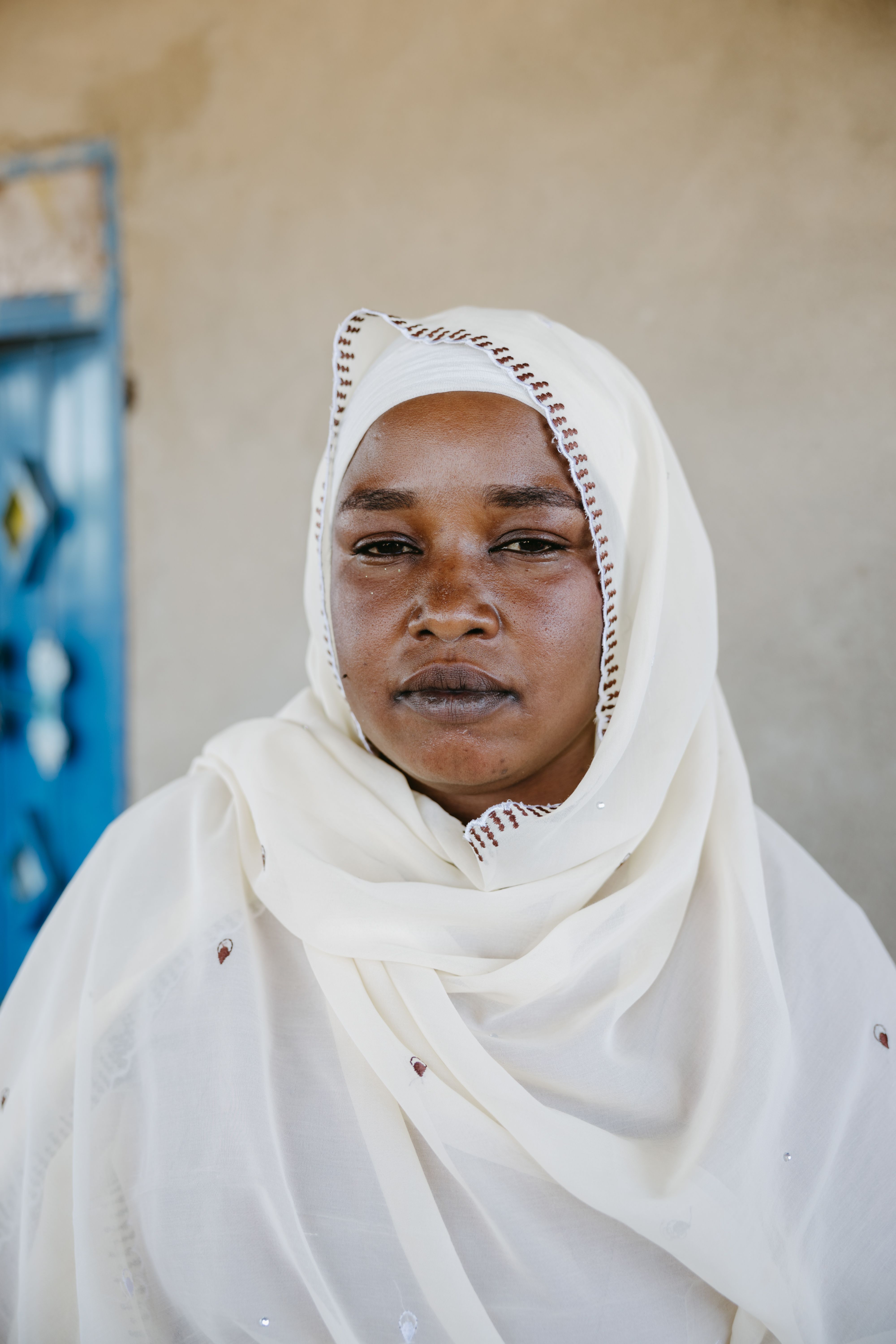Sudan's Lost Children
Child Displacement in Sudan Reaches Crisis Levels Amid Escalating Violence
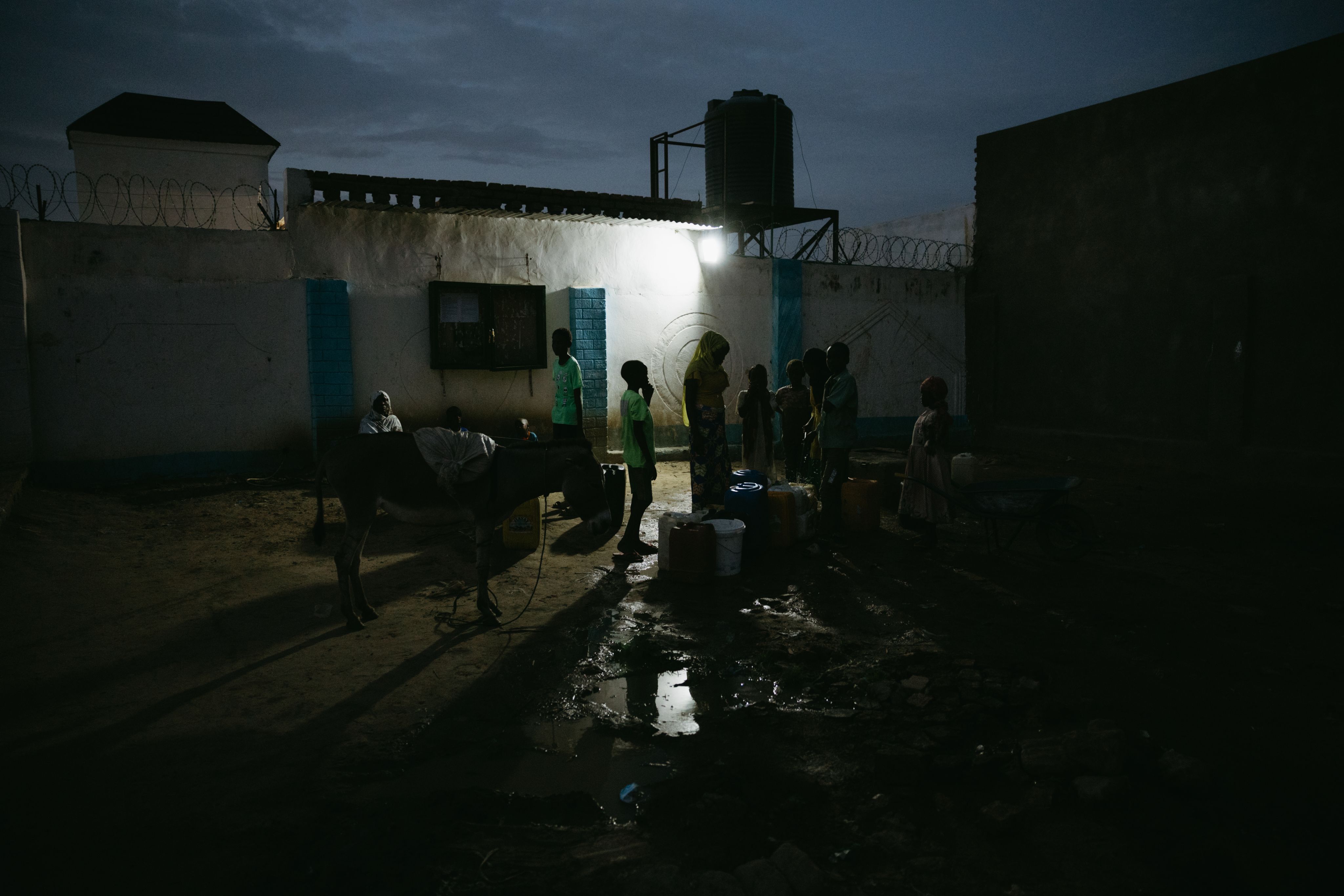
GUÉRÉDA, Chad — The conflict in Sudan has created one of the largest child displacement crises in the world, fracturing families and forcing countless children to flee alone into neighbouring Chad. These children, orphaned or separated from their families, cross deserts and navigate dangerous routes in search of safety. The physical journey is grueling, but it is the emotional and psychological wounds they carry that tell the deeper story of a generation uprooted by conflict.
As they arrive in refugee camps in Chad, organizations such as World Vision and host families work tirelessly to provide these children with shelter, care, and a sense of belonging. Yet even as these young survivors find refuge, the impacts of conflict remain vivid.
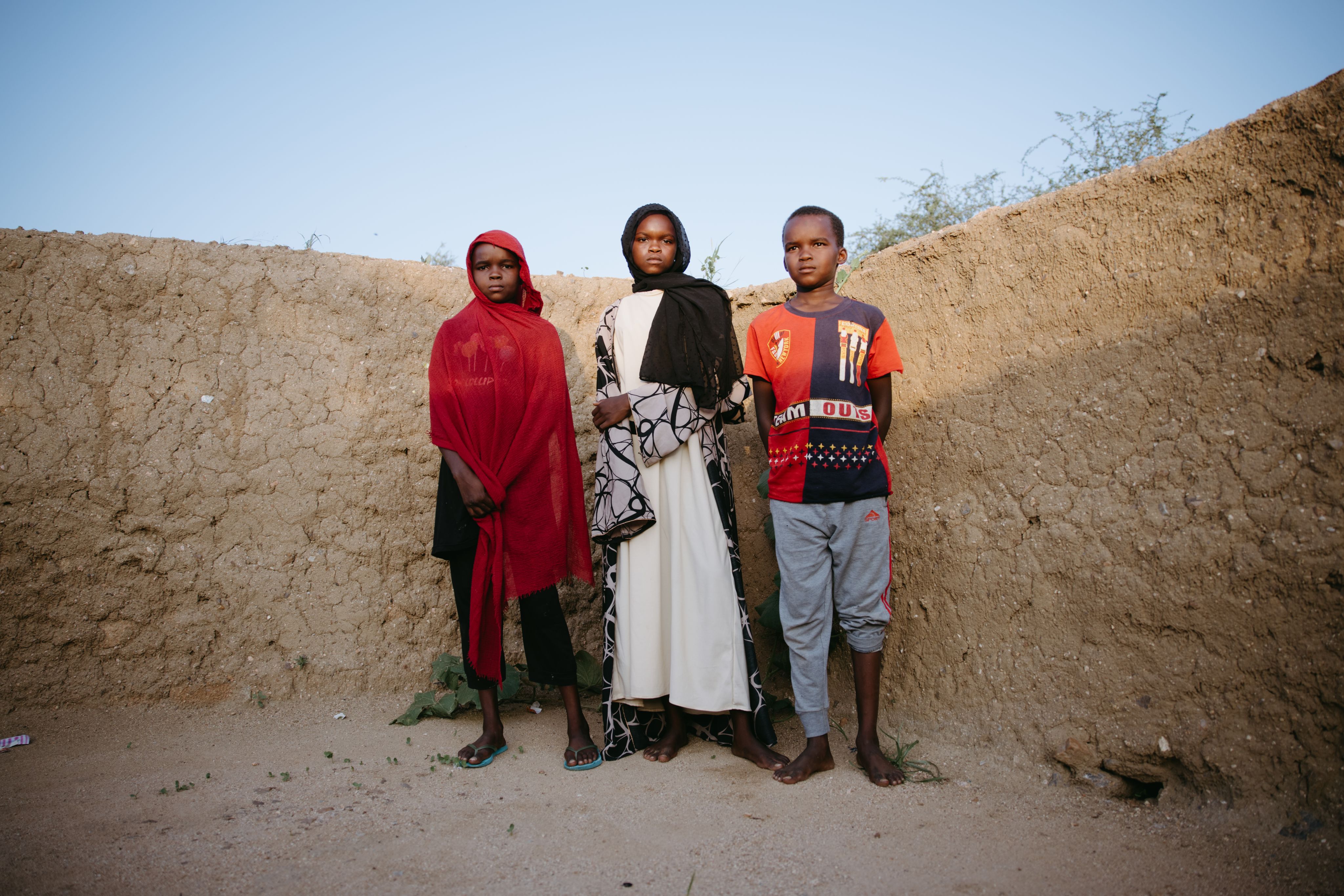

Ihssan’s Role as Sister, Provider, and Survivor
At just 15 years old, Ihssan has faced hardships most could not imagine. Fleeing her home in El Geneina, a city engulfed by conflict, she embarked on a dangerous journey to Chad.
Life in El Geneina became untenable for Ihssan and her family. “Many people were killed, so we left to avoid being killed,” she explains. Food and water had grown scarce, and there was no money to sustain them. “Life became very difficult,” she said. The decision to leave was not just a matter of survival—it was a desperate attempt to escape a worsening crisis.
The journey itself was treacherous. Despite traveling mostly at night to avoid armed groups, Ihssan and her family were attacked. “They took everything—our mats, money, and blankets. We had nothing except the clothes we were wearing,” she recounted. For two days, they endured hunger and fear, each step uncertain.
Ihssan’s father could not join them, as men were especially vulnerable during the conflict. “If they find any man, he will be threatened and killed,” she said. After reaching Chad, her mother returned to Sudan to mourn the loss of a relative and never returned.
Now living in Milé refugee camp, Ihssan and her siblings share a small, makeshift shelter built from mud and sticks, covered by a tarp provided by an aid organization. The shelter offers little protection, and they have nothing inside—no furniture, no bedding. Each night, they sleep on the dirt floor, huddled together, alone without their parents.
For a year now, Ihssan has taken on the role of caregiver for her siblings, a responsibility she finds overwhelming. “It is very difficult to care for my brother and sister with the lack of money,” she said. The financial support they receive comes infrequently due to budget cuts most humanitarian organizations face, leaving her to choose between feeding her siblings and meeting other essential needs.
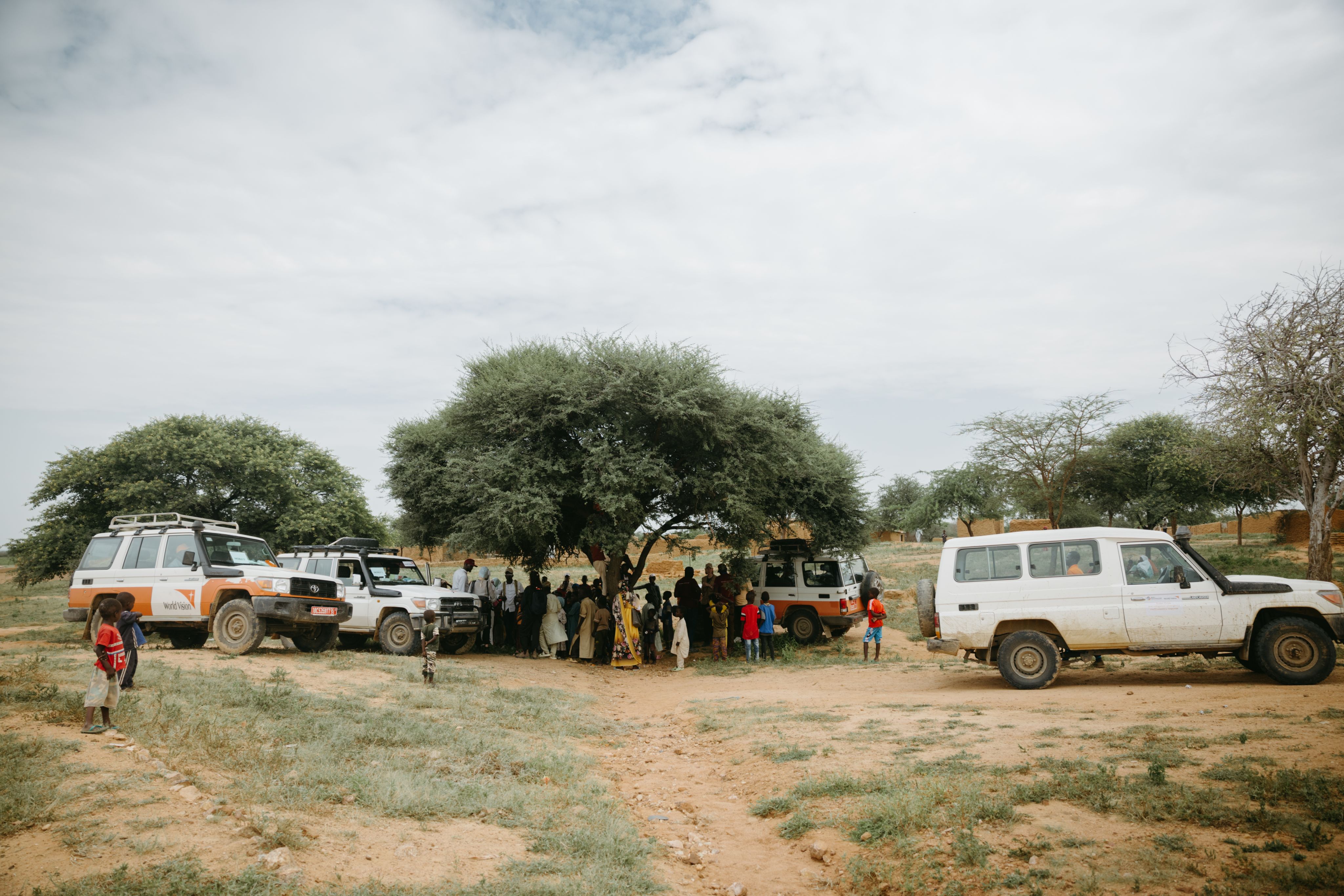
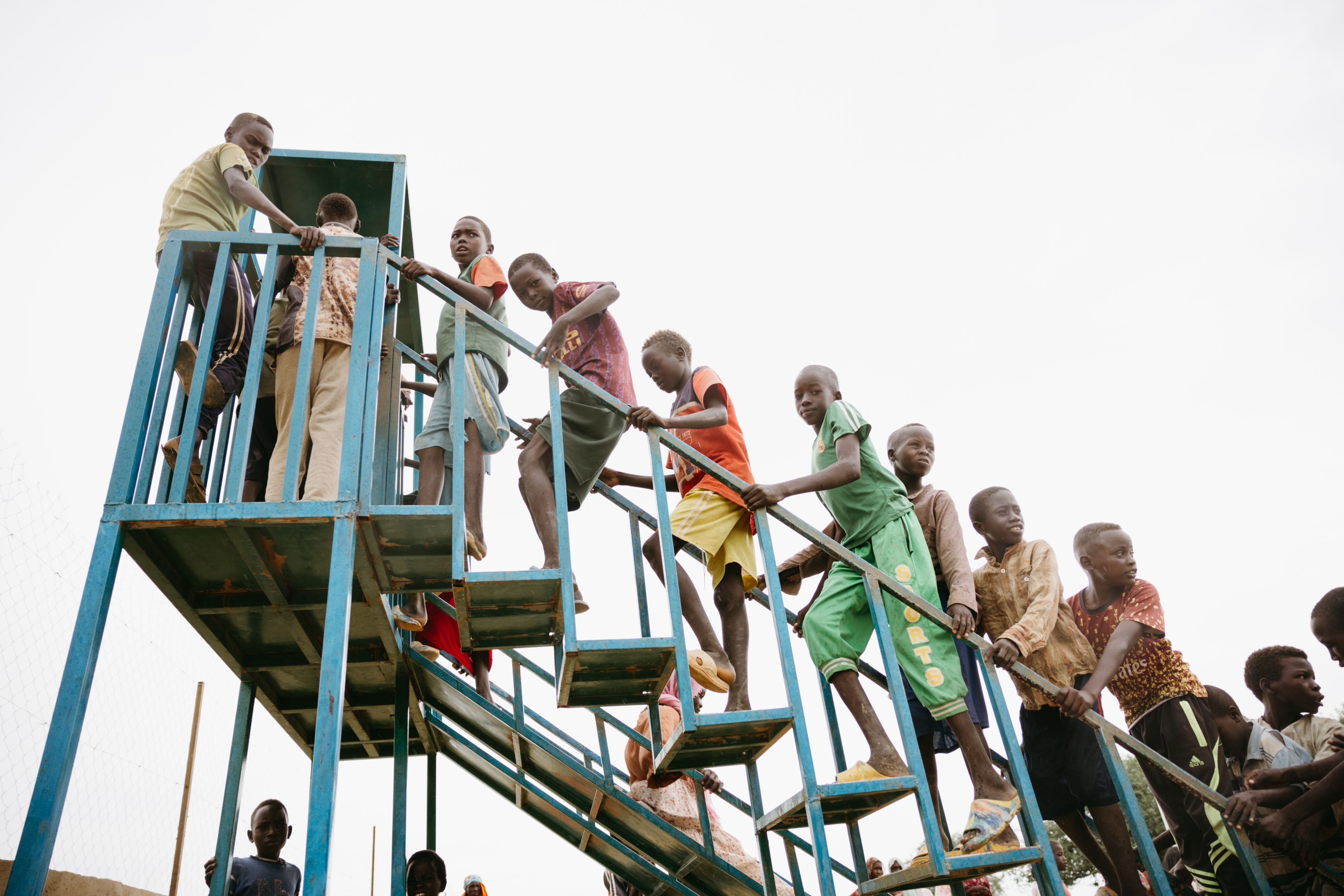
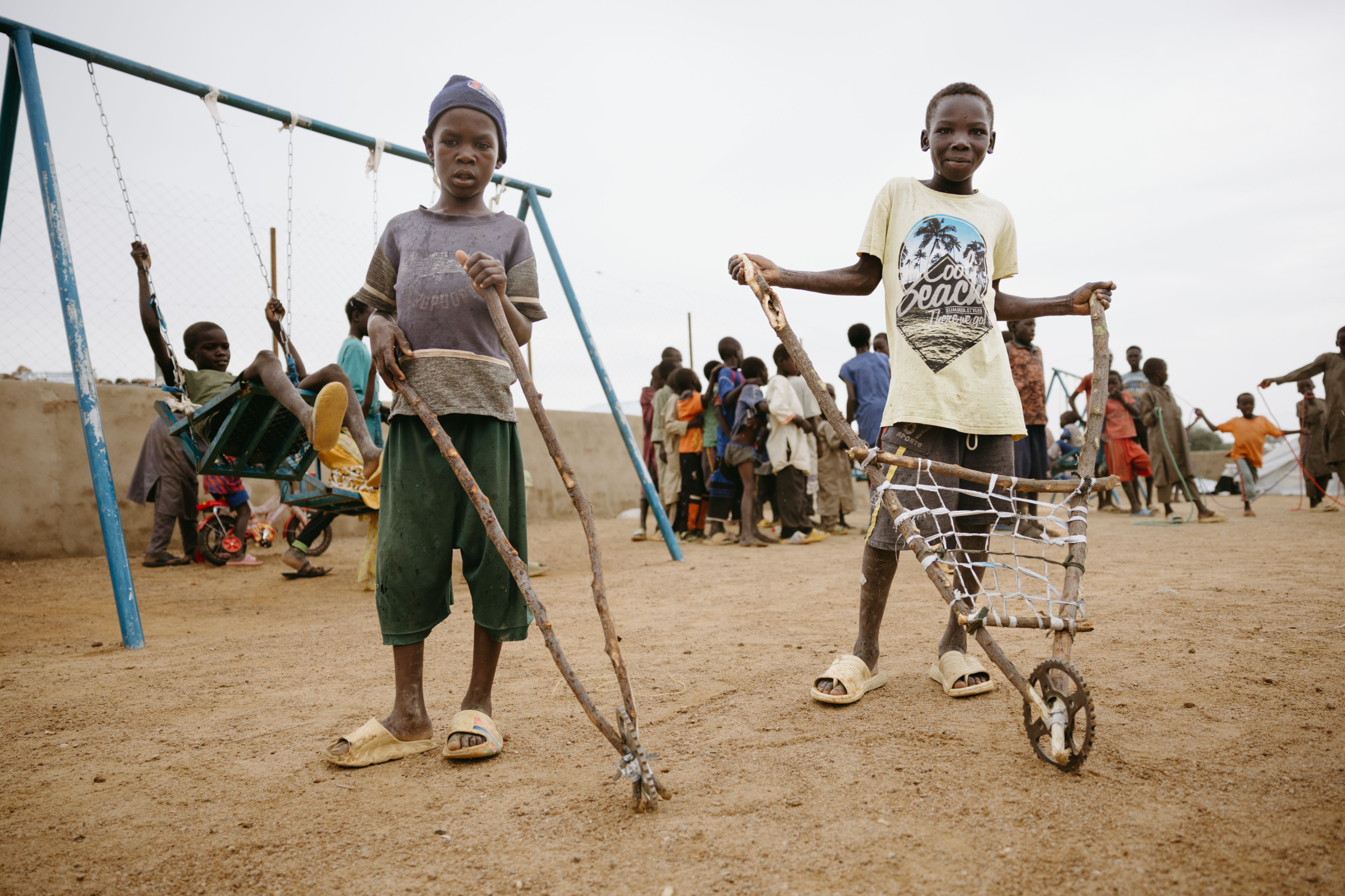
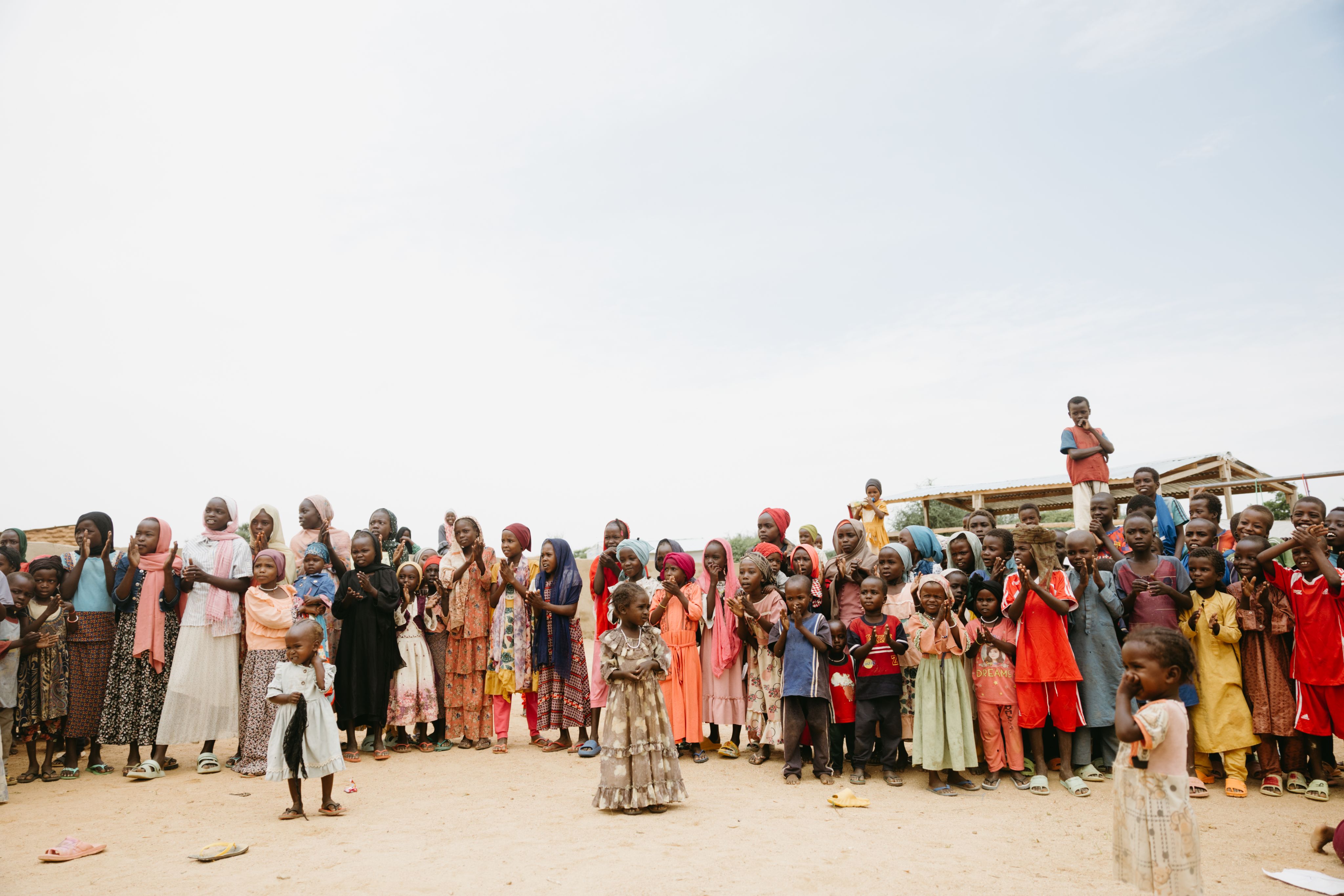
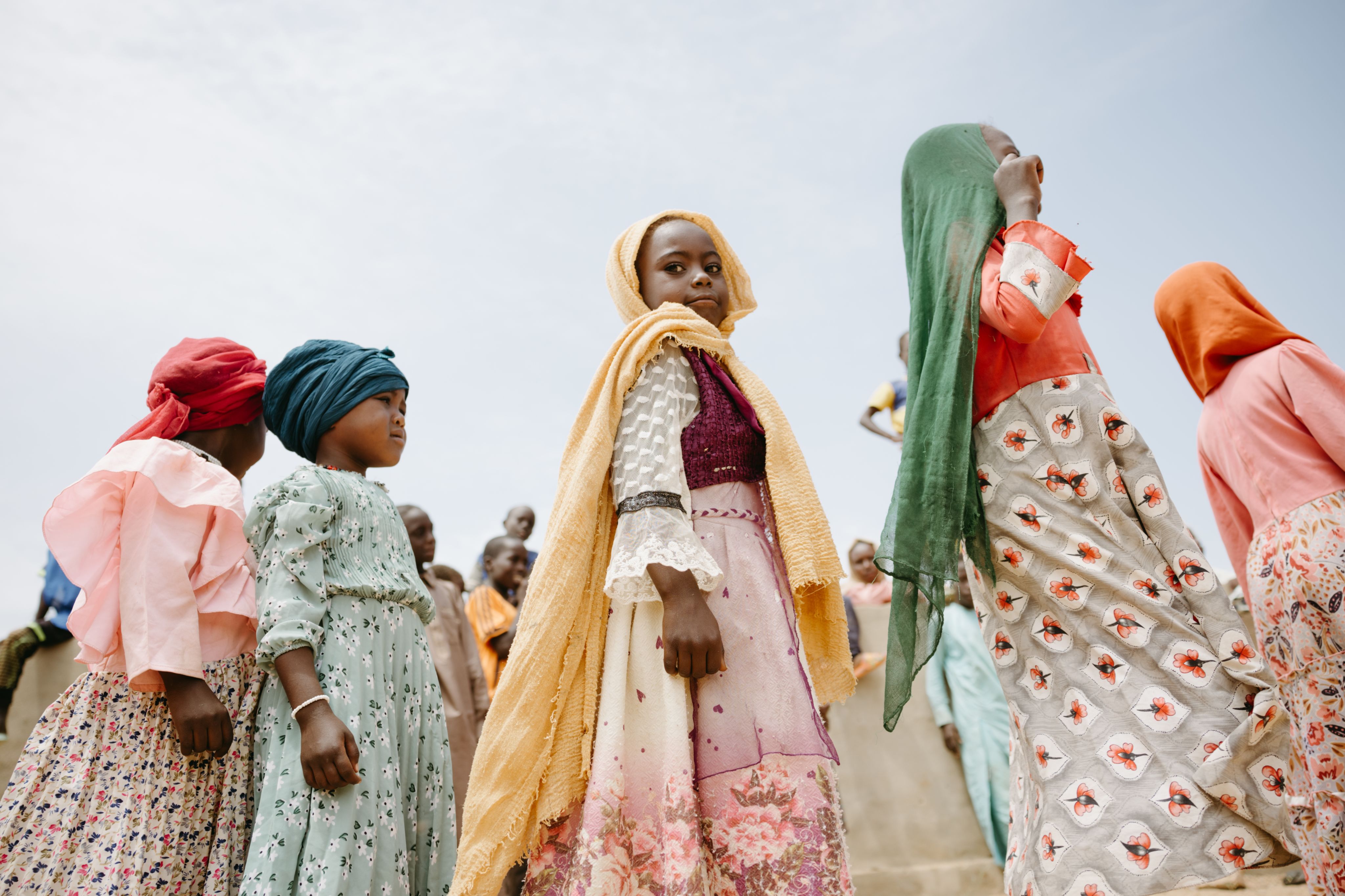
The Challenges in Chad
Ihssan’s story reflects the broader crisis facing Sudan’s displaced children. UNHCR estimates there are more than 3,300 unaccompanied and separated refugee children in Chad. Many, like Ihssan, flee with a parent, only to be left to fend for themselves when tragedy strikes. Others arrive with neighbors or strangers, unsure of where to turn.
In Chad, refugee camps offer a fragile sanctuary. Resources are stretched thin, and the camps themselves are far from safe. The strain is immense, with over 710,000 refugees crossing into Chad since the conflict erupted in 2023, this in addition to over 400,000 Sudanese refugees who came from previous waves of displacement in 2003 and 2015. The majority are women and children, many of whom are living in temporary, inadequate shelters. Hunger is also a constant companion for many children.
“Unaccompanied children in refugee camps face multidimensional challenges that compromise their well-being and development,” shared Nerbe Khamis, Child Protection Officer at World Vision Chad. “The impacts of family separation, lack of access to health services and education, language barriers, integration challenges, vulnerability to exploitation and abuse, nutritional deficiencies, and overcrowded, unsanitary conditions in the camps all take a toll.”
Efforts by organizations like World Vision have included creating spaces for children to play and learn, reuniting children with their families, connecting them with the host community and providing psychosocial support. However, the scale of the crisis and resource shortages have intensified the vulnerability of these children and their host communities.
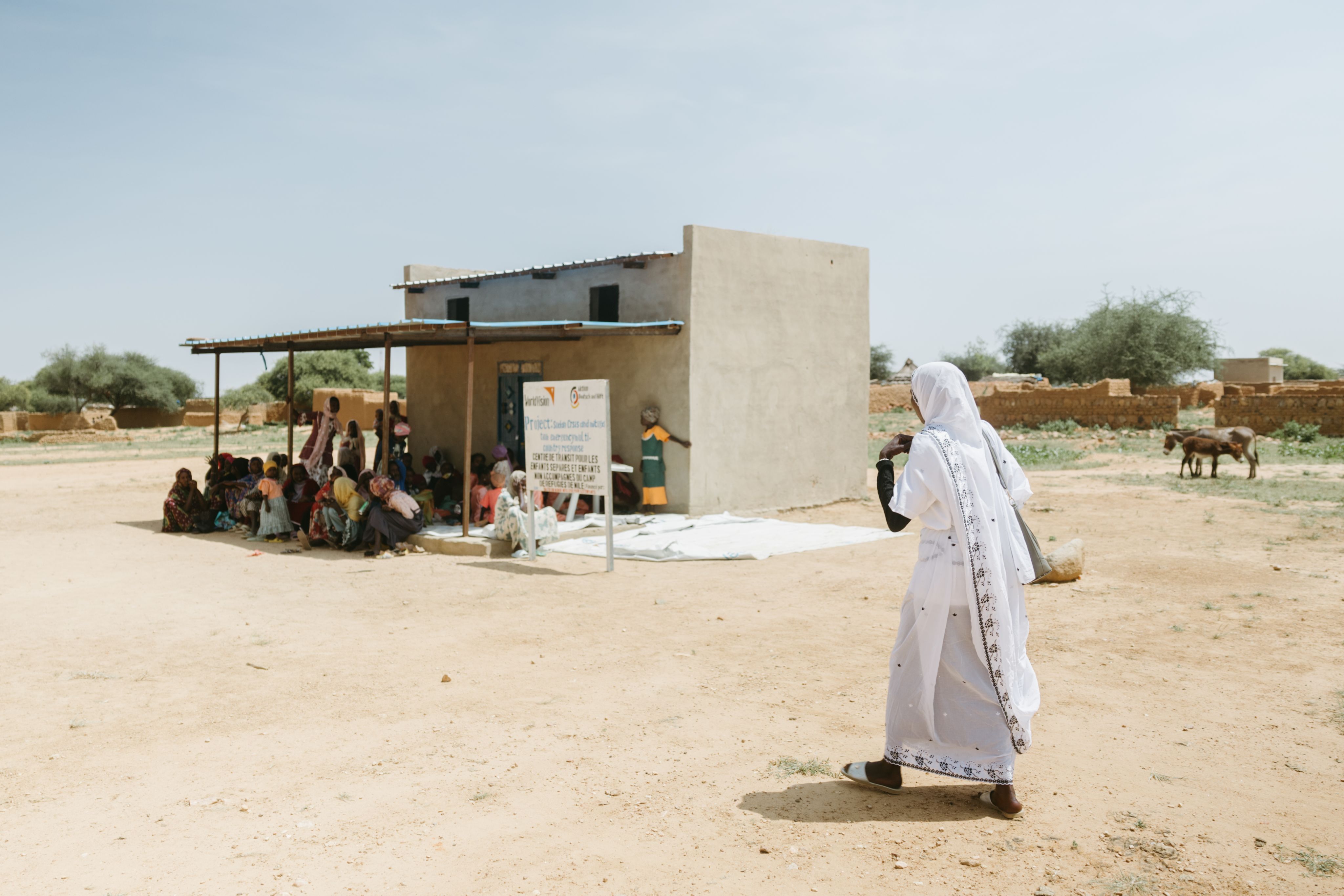

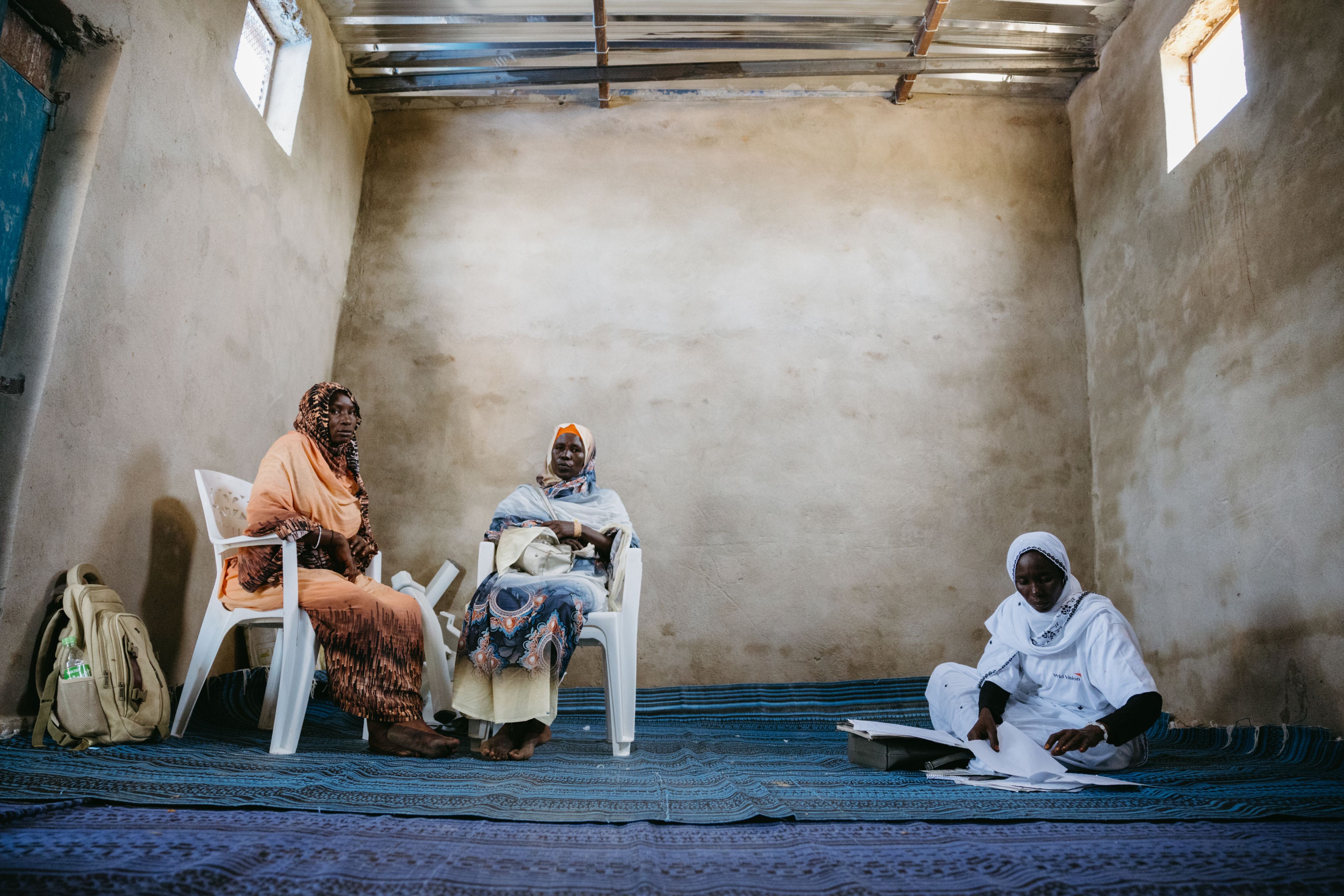
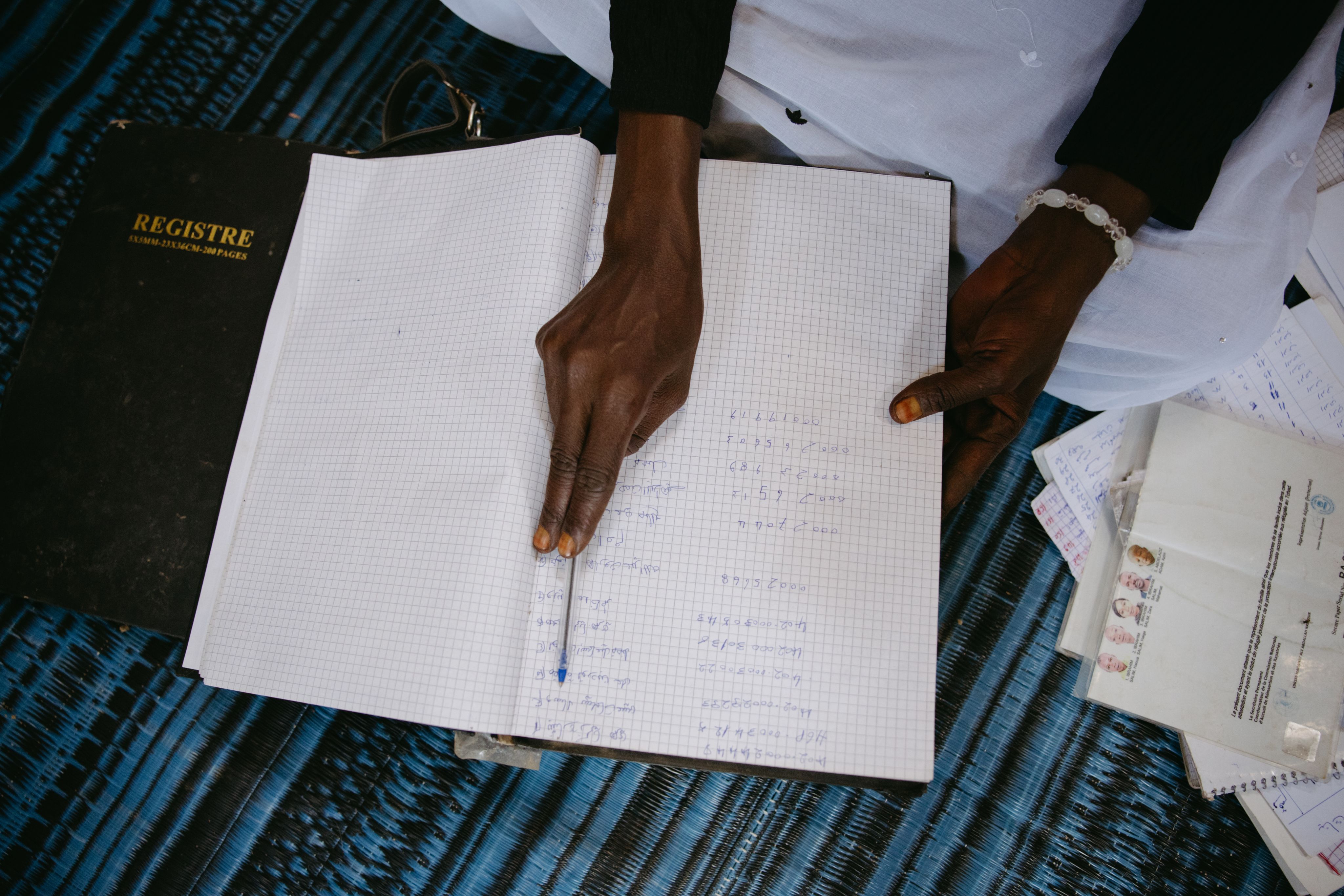
Magbola and World Vision’s Work with Unaccompanied Children
For nearly two decades, Magbola has lived as a refugee in Chad’s Mila camp after fleeing the civil conflict in Sudan in 2004. Despite her own hardships, she has taken on an extraordinary role—caring for unaccompanied children like Ihssan who have escaped the most recent conflict.
“When I heard about the program to help children find host families, I knew I had to be part of it,” Magbola shares. “These children have suffered enough, and I wanted to make a difference in their lives.”
Magbola, a Sudanese refugee and World Vision volunteer, in Milê camp, Chad.
Magbola, a Sudanese refugee and World Vision volunteer, in Milê camp, Chad.
Magbola works as an instructor in a World Vision program dedicated to addressing the immediate and emotional needs of unaccompanied minors. The program strives to reunite children with their families or place them with refugee host families within the camps. Each day begins with visits to children throughout the camp. “Every morning, I ask them how they are and what challenges they’re facing. We guide them to the center, register them, and ensure their needs are addressed,” she explained.
In Mila camp alone, 311 unaccompanied children have been registered by Magbola, many of whom have survived perilous journeys and devastating loss. “Some children fled after their parents were killed. Others escaped with neighbors or strangers who could not continue to care for them,” Magbola recounts.
The program aims not only to provide basic necessities but also to restore a sense of hope. “We try to chat with them and sympathize with their pain. We don’t ask direct questions about their trauma; instead, we create a safe space for them to open up,” Magbola said. Children are also given toys and bicycles to infuse moments of joy into their challenging lives.
Yet the challenges remain immense. Many children lack proper shelter, clothes, and sufficient food. “Some live under trees or in unsafe, destroyed houses,” Magbola shares. “We need larger centers and enough food to keep them nourished. These children’s lives depend on these improvements.”
The journey to safety is often harrowing, with refugees walking for days, evading armed groups, and arriving with nothing. “Many children come here with nothing,” Magbola said. “The organization provides blankets, clothes, and shoes, but it’s not always enough.”
For Magbola, however, the work is deeply personal. “These children are like my own. Seeing them smile or feeling their trust is the greatest reward,” she said.
Her story underscores the urgent need for global support. “We are doing all we can, but we need more help from organizations and the international community. These children deserve a chance at life—a chance to heal, grow, and dream again,” she concluded.
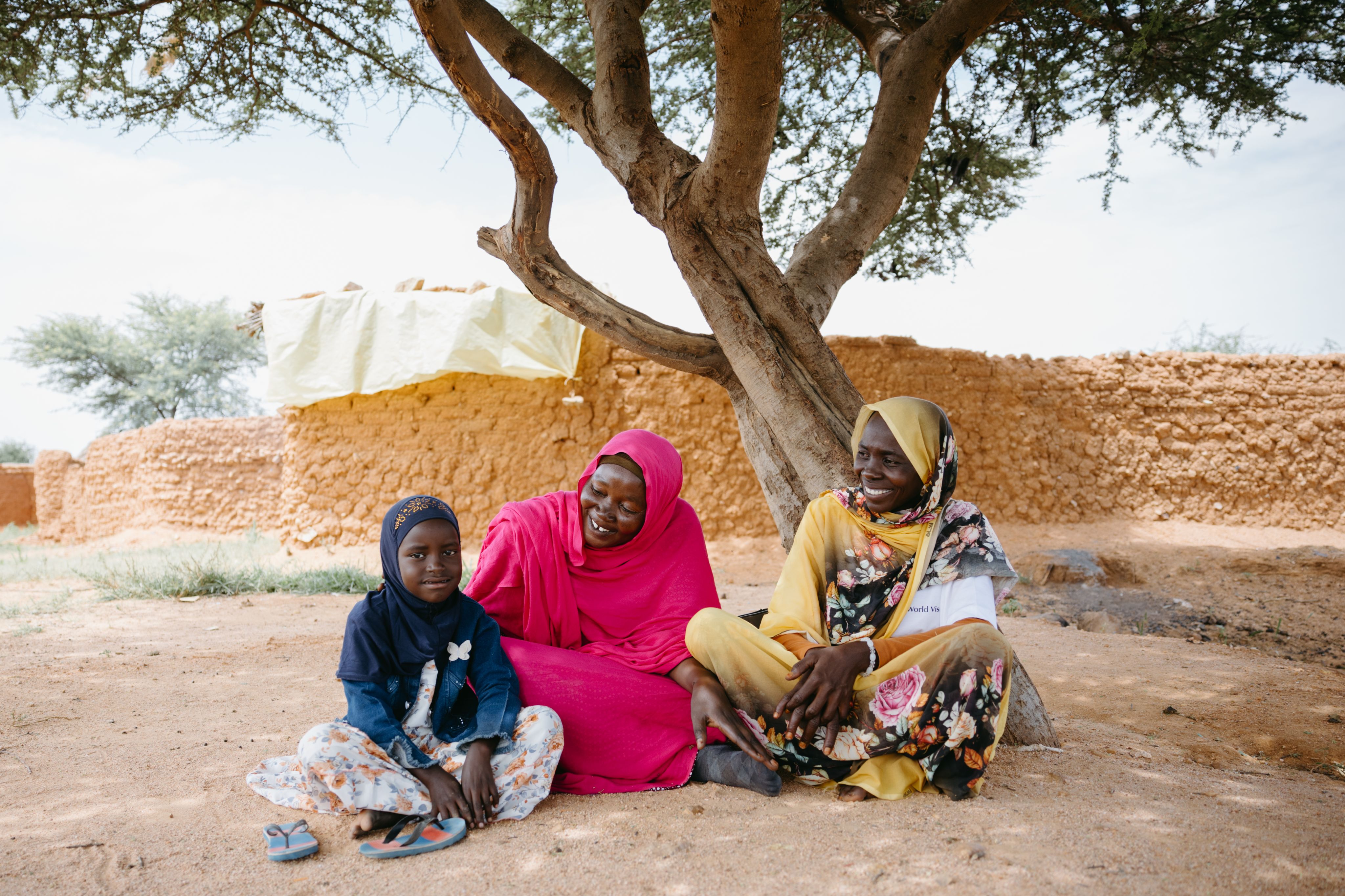
The Role of Host Families
Integral to the care of these vulnerable children is the network of refugee host families who step in to provide a semblance of normalcy. Driven by compassion, families like Sidiq Ibrahim’s open their homes and share their resources with unaccompanied children. “We share what we eat. These children have suffered enough,” Sidiq explained. “We organize collective meals to make them feel part of a community. They have lost everything, but they have not lost us.”
Sidiq, a Sudanese refugee and host parent, stands outside the transit center in Milé Camp, Chad. As a vital part of the camp's support system, he helps provide refuge and care for unaccompanied minors, offering a semblance of stability.
Sidiq, a Sudanese refugee and host parent, stands outside the transit center in Milé Camp, Chad. As a vital part of the camp's support system, he helps provide refuge and care for unaccompanied minors, offering a semblance of stability.
Host families like Zahra’s go to great lengths to create a nurturing environment. “We treat them like our own. We eat together, wash them, and ensure they have a clean place to sleep,” Zahra shared. Yet, the demands placed on these families are overwhelming, compounded by limited resources from humanitarian organizations.
For the children, the trauma of losing their families lingers. “Many children lost their parents to violence. They tell us they don’t know if their parents are dead or alive,” Zahra said. “We do our best to care for them, to make them feel like they are part of a family again. But the longing for their parents never goes away.”
Zahra, a Sudanese refugee and host parent, stands outside the transit center in Milé Camp, Chad. As a caregiver to unaccompanied minors, she plays a crucial role in providing shelter and support for children seeking safety after fleeing conflict.
Zahra, a Sudanese refugee and host parent, stands outside the transit center in Milé Camp, Chad. As a caregiver to unaccompanied minors, she plays a crucial role in providing shelter and support for children seeking safety after fleeing conflict.
The dangers these children face extend beyond their initial displacement. Stories of attacks, rapes, and murders during their escapes to Chad are harrowing. Zahra recounted the story of a 14-year-old girl who was raped near the camp—a sobering reminder of the risks these children face even after reaching safety.
Magbola, Sidiq, and Zahra are doing critical, life-saving work, but their efforts alone cannot meet the overwhelming needs of Sudan’s displaced children. Addressing this crisis requires immediate and coordinated global action.
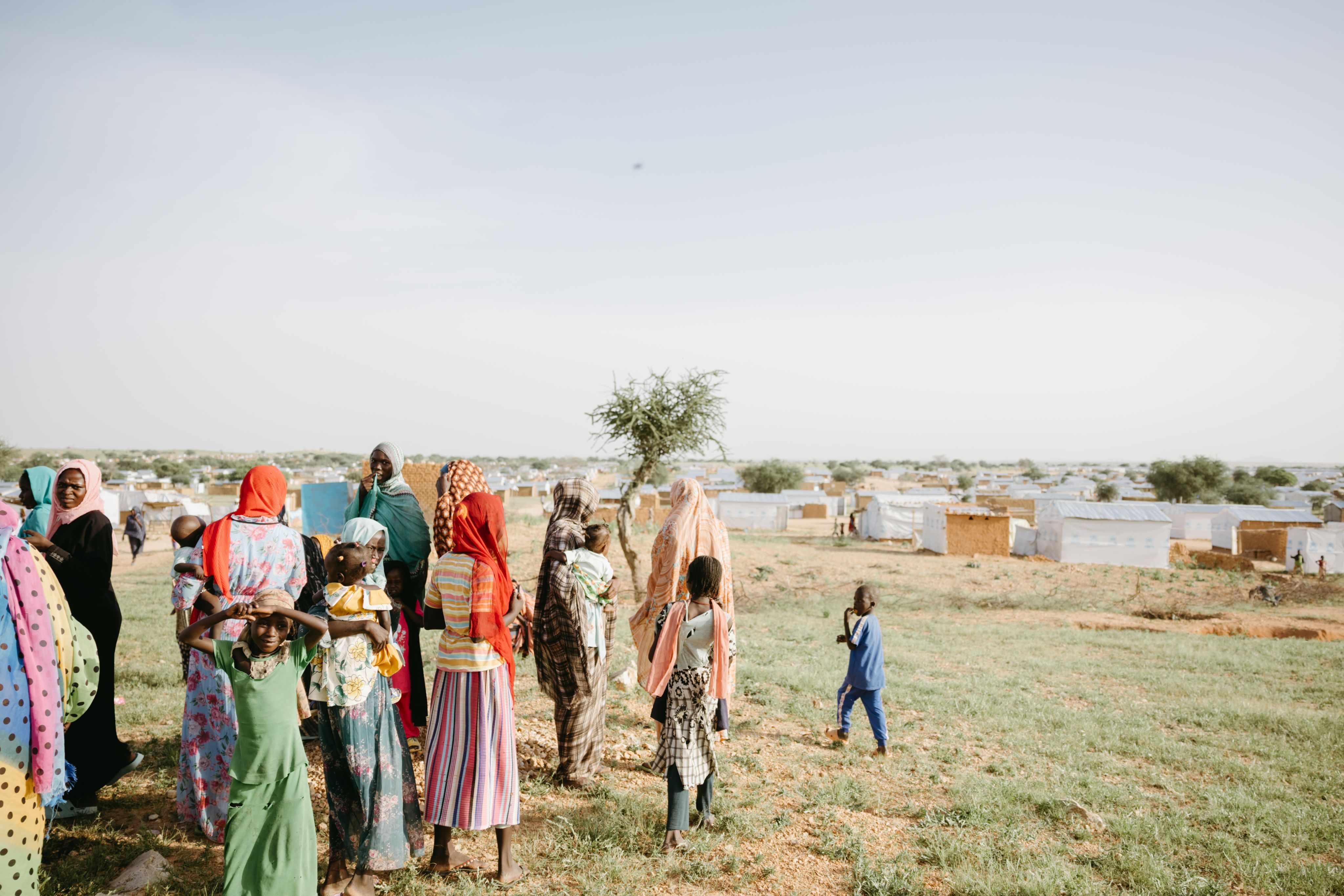
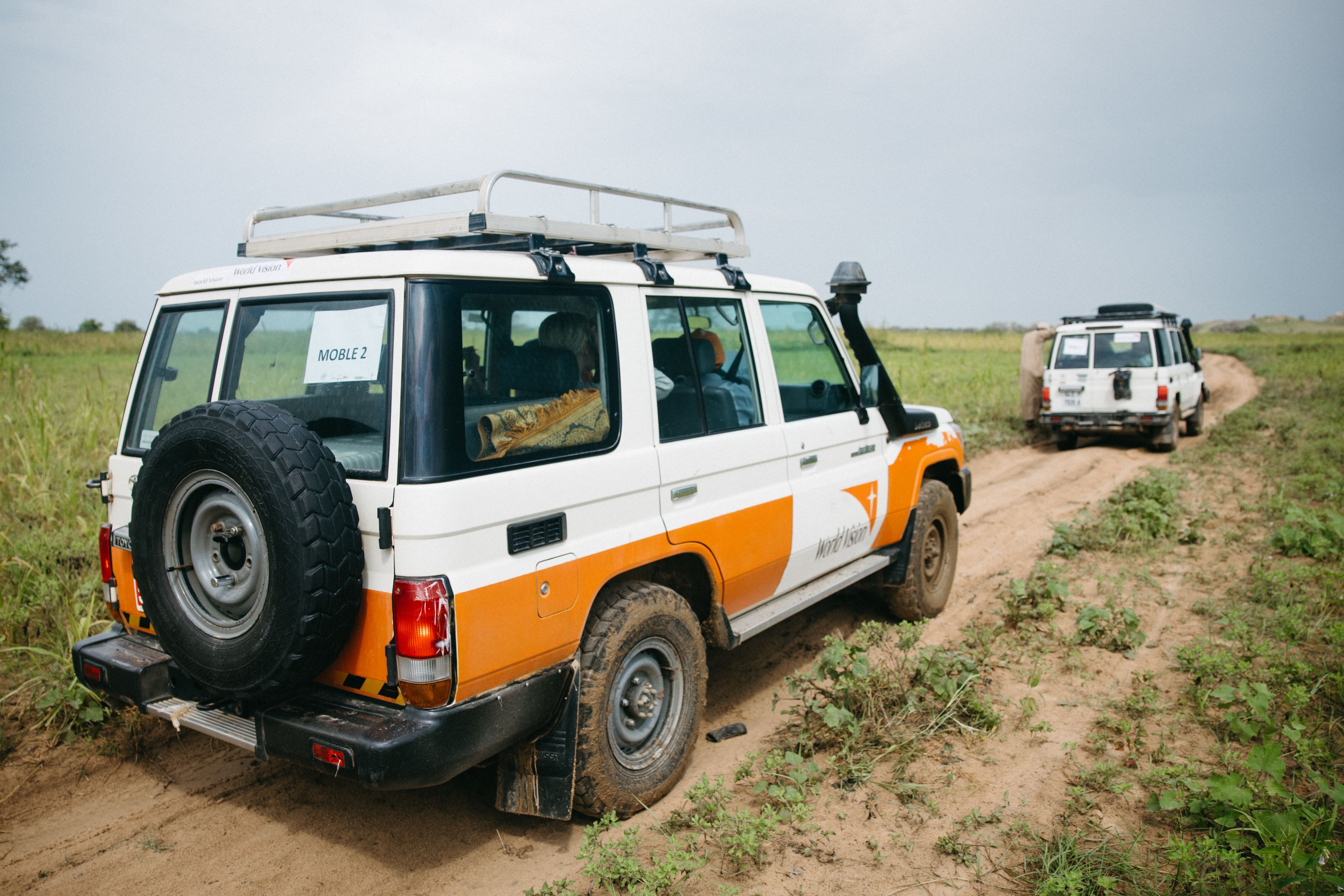
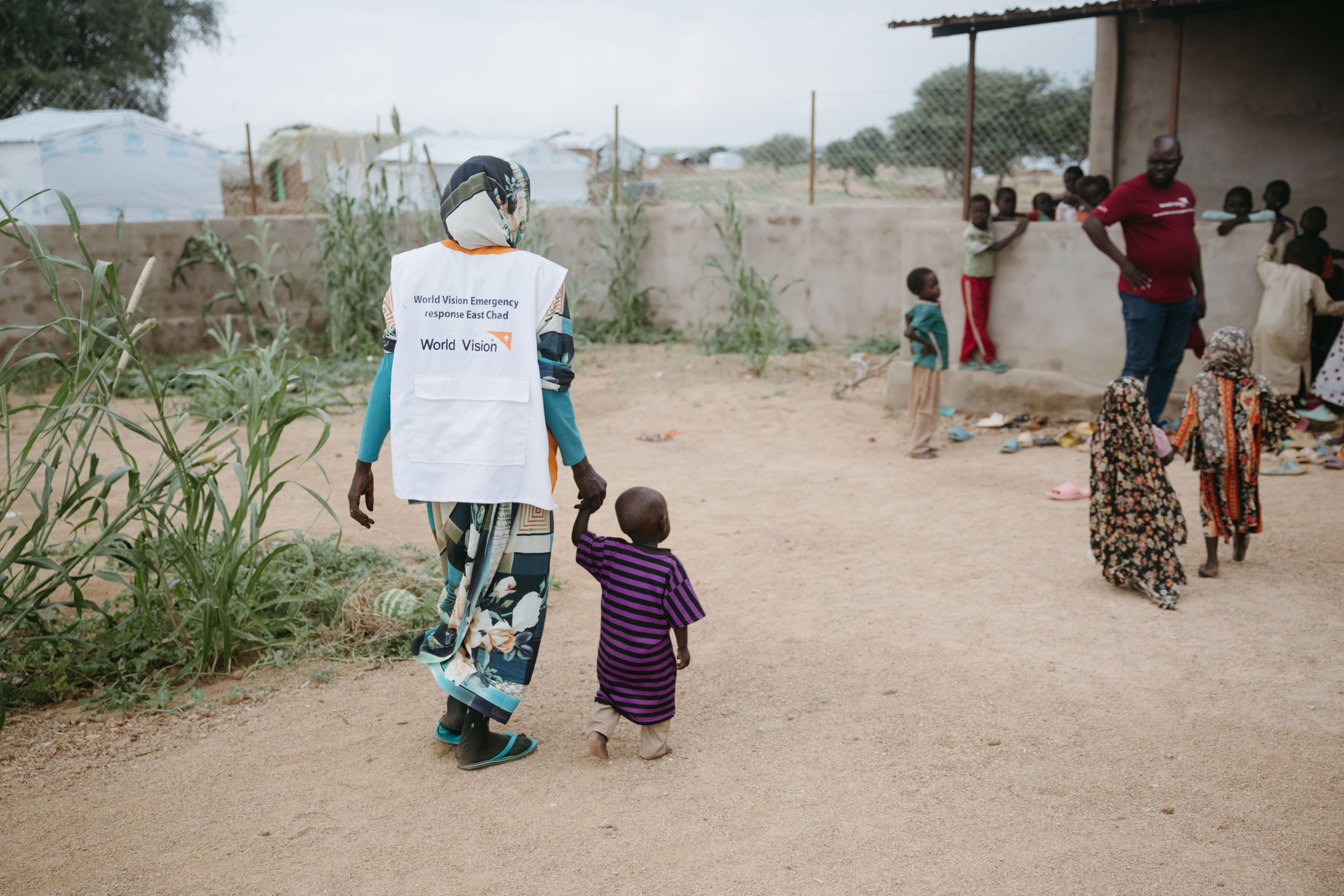
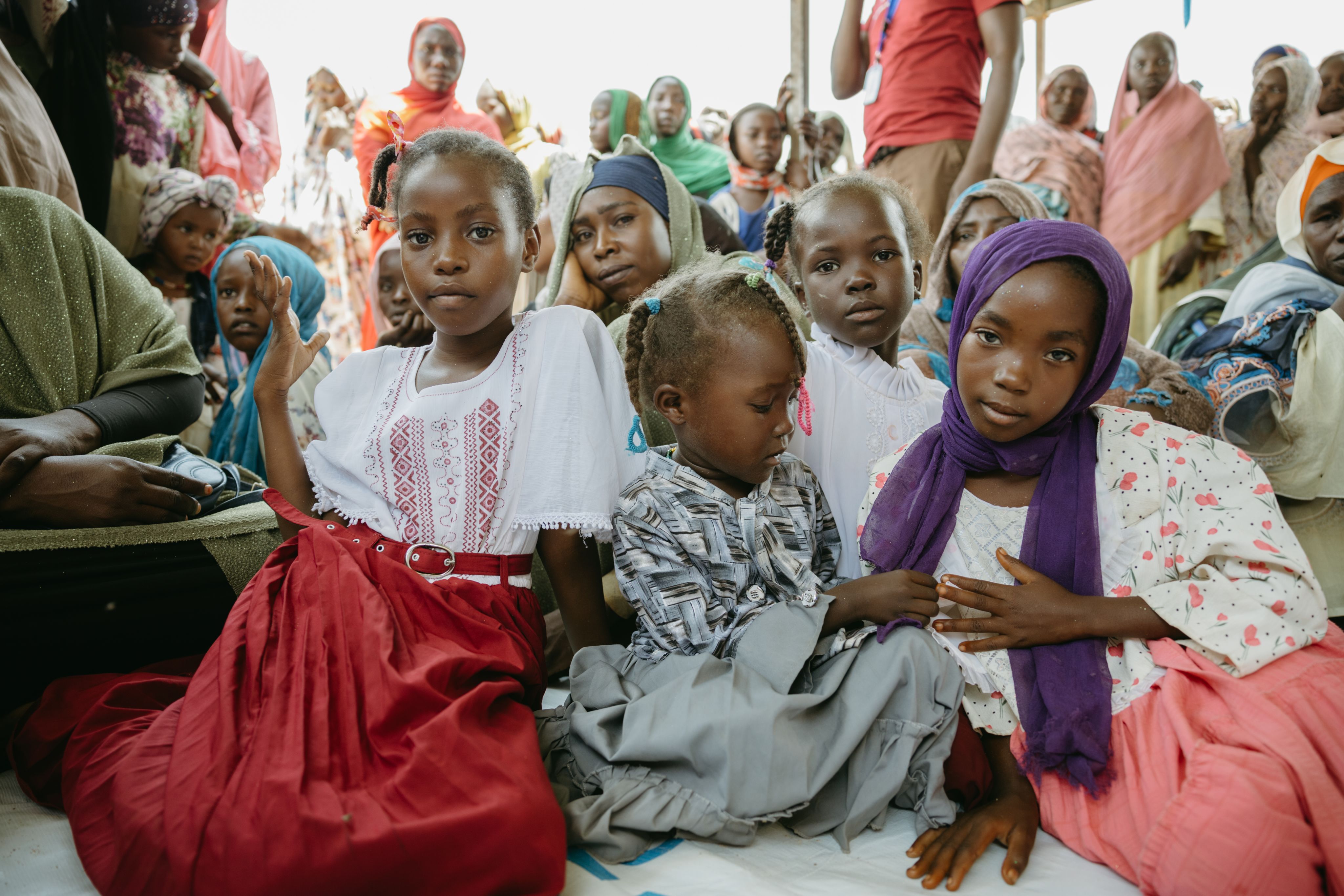
A Plea to the World
The escalating crisis in Chad’s refugee camps is compounded by a lack of funding for humanitarian organizations, worsened by global competition for resources amid multiple simultaneous emergencies. Despite the critical need for assistance, funding gaps have left aid groups struggling to meet the basic needs of children.
“Our ability to respond to the urgent needs of children in Chad’s refugee camps is being stretched to the breaking point,” says Edouard Ngoy, National Director of World Vision Chad. “With competing crises worldwide, humanitarian organizations are only 20% funded, leaving children without the food, shelter, and support they desperately need. We are calling on the global community to not forget these children—they deserve more than survival; they deserve hope and a future.”
Amid the devastation, children like Ihssan persist. Despite responsibilities beyond her years, she dreams of returning to school and reclaiming the life stolen by conflict. “I miss school, my relatives, and the life we had before the war,” she shares. “But I have to be strong for my brother and sister.”
Caregivers like Sidiq also exemplify this shared humanity. “How can we turn them away?” he asks. “These children have no one. If we don’t care for them, who will?”
Every unaccompanied child bears a story of unimaginable loss and resilience—a powerful call for global action, compassion, and support. These children deserve more than survival; they deserve the chance to thrive. Let’s stand with them.

